Tangs, also known as surgeonfish, are some of the most beloved and sought-after species in the world of marine aquariums. Their stunning colors, graceful movements, and unique personalities make them a prized addition to any tank. In this article, we will delve into the captivating world of tangs, exploring the top six most popular species: the Yellow Tang, Royal Blue Tang, Purple Tang, Powder Blue Tang, Achilles Tang, and Sailfin Tang.
You may also want to read about Remora fish.
Introduction to Tangs
Tangs are a diverse group of fish that belong to the family Acanthuridae. They are characterized by their laterally compressed bodies, sharp spines near their tails, and a small retractable scalpel-like spine known as a “tang” or “surgeonfish.” Tangs are widely distributed throughout tropical and subtropical oceans, inhabiting coral reefs and coastal areas.
Top 6 most popular tangs:
1. Yellow Tang: Vibrant Beauty of the Ocean
The Yellow Tang (Zebrasoma flavescens) is perhaps one of the most iconic and sought-after tang species. With its bright yellow coloration, it adds a vibrant burst of sunshine to any aquarium. Its energetic nature and peaceful demeanor make it a popular choice for both beginner and experienced aquarists.
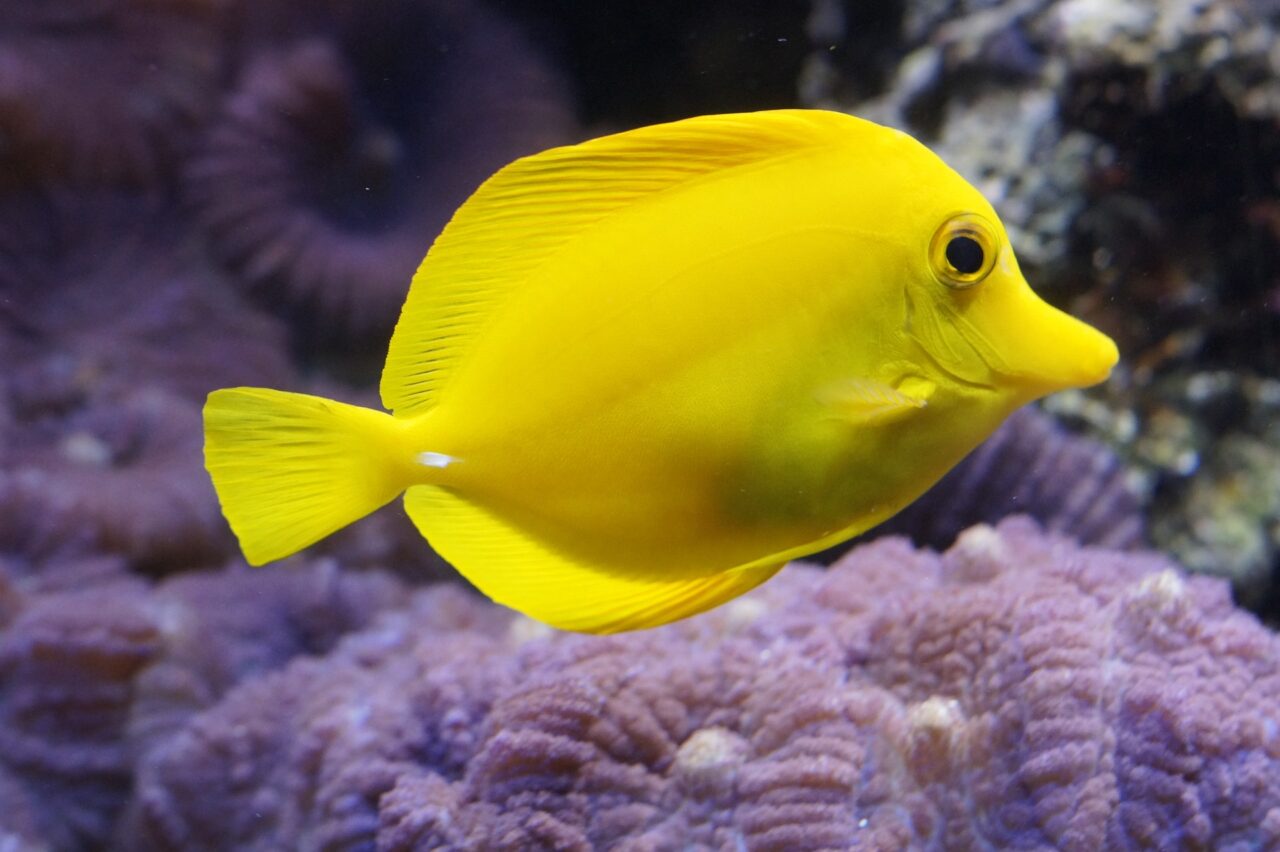
2. Royal Blue Tang: Majestic Elegance Underwater
The Royal Blue Tang (Paracanthurus hepatus), often recognized as “Dory” from the popular animated film, is renowned for its striking royal blue body, vivid black markings, and a vibrant yellow tail. Its elegance and beauty make it a favorite among enthusiasts. However, it requires diligent care and a spacious tank to thrive.
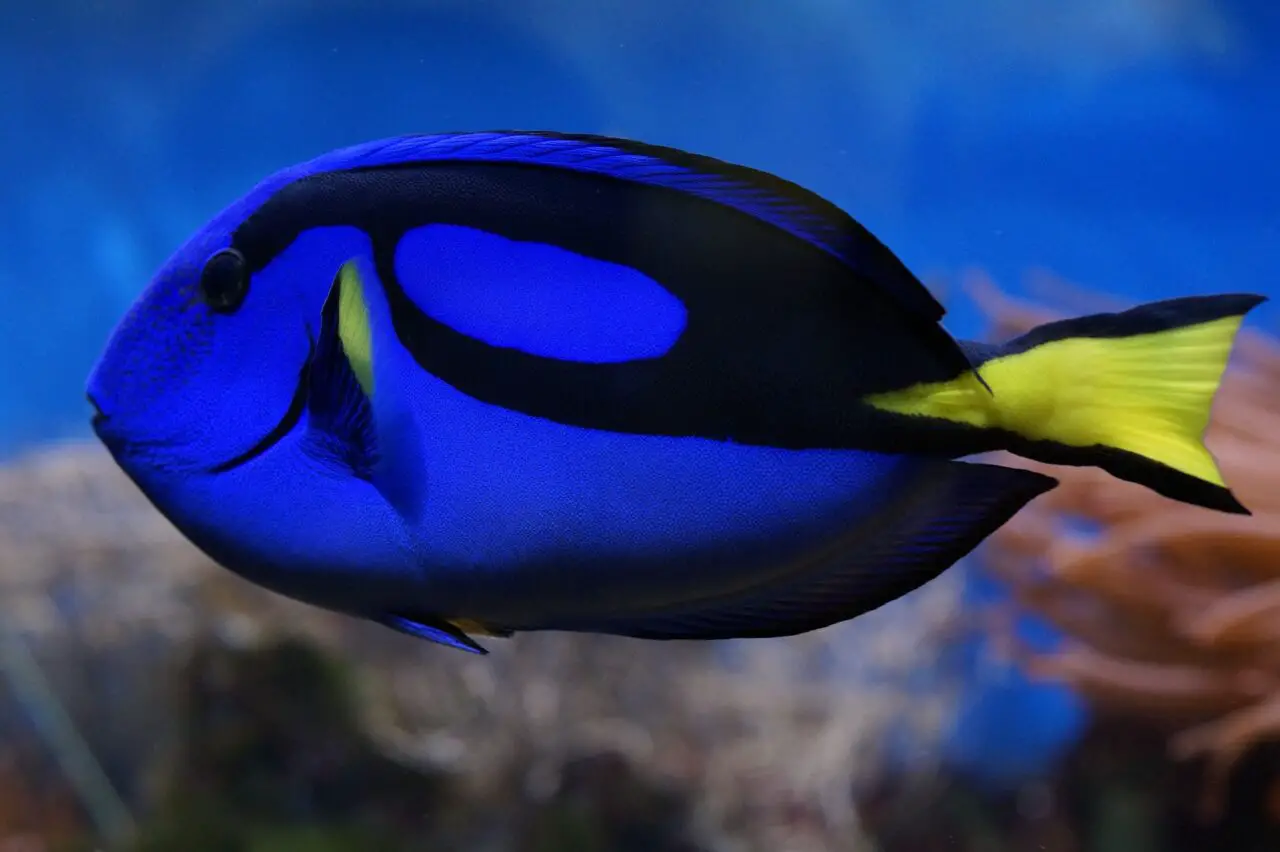
3. Purple Tang: A Regal Splash of Color
The Purple Tang (Zebrasoma xanthurum) is a true gem of the ocean. With its deep purple body and yellow accents, it exudes regal splendor. This tang species can be challenging to keep due to its specific dietary and water quality requirements. However, its allure and unique coloration make it highly sought after by dedicated aquarists.
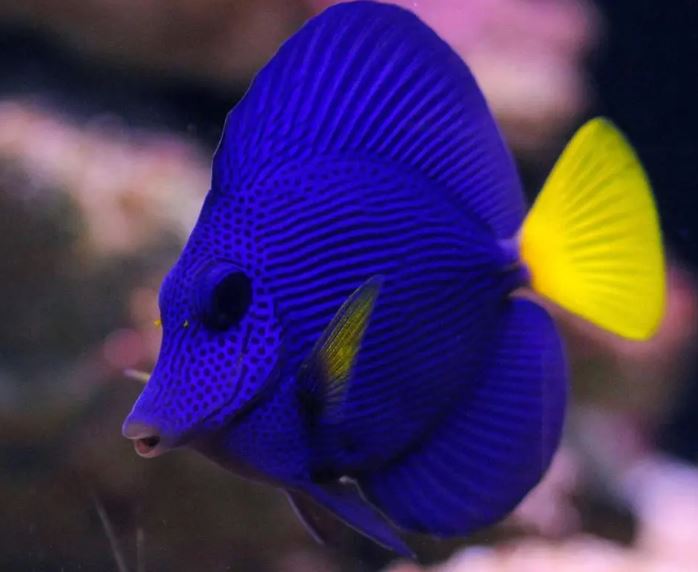
4. Powder Blue Tang: Graceful and Enigmatic
The Powder Blue Tang (Acanthurus leucosternon) is a captivating species known for its powder blue body, vibrant yellow dorsal fin, and contrasting black markings. Its graceful swimming patterns and active nature create a mesmerizing display in the aquarium. However, it is important to provide them with ample swimming space and a well-maintained environment.
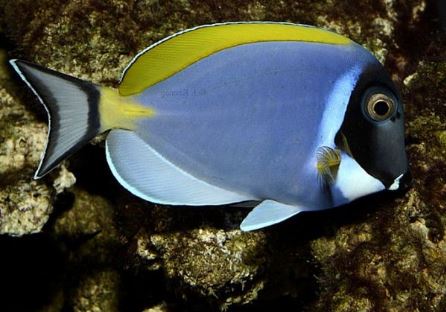
5. Achilles Tang: Striking and Unique
The Achilles Tang (Acanthurus achilles) is a true showstopper. Its distinctive black body, striking orange markings, and a prominent orange tail fin make it one of the most sought-after tang species. It is known for its territorial behavior and requires a spacious tank with ample hiding places. The Achilles Tang’s beauty and uniqueness make it a prized addition to advanced aquarists.
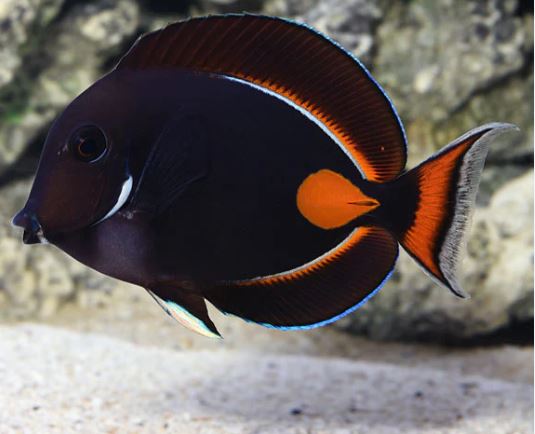
6 Sailfin Tang: Impressive Fins and Personality
The Sailfin Tang (Zebrasoma veliferum) is a species renowned for its impressive dorsal and anal fins, resembling a sail. It displays a vibrant combination of yellow, brown, and blue colors, creating a captivating sight in the aquarium. Sailfin Tangs are known for their active and sometimes aggressive nature, so providing plenty of space and suitable tank mates is essential.
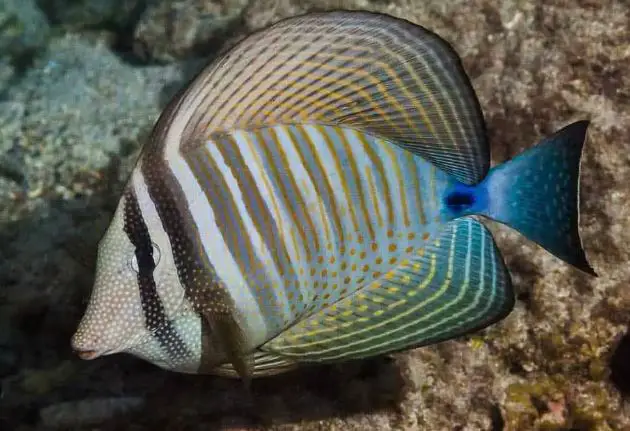
Captivating Features and Behaviors
Each tang species possesses its own unique set of features and behaviors that contribute to their popularity. From the energetic swimming patterns of the Yellow Tang to the regal grace of the Purple Tang, these fish exhibit captivating movements and behaviors that bring life and beauty to the aquarium. Their interactions with tank mates and their response to environmental stimuli make them fascinating creatures to observe.
Tangs in the Home Aquarium
When considering tangs for your home aquarium, it is crucial to research their specific care requirements. Tangs generally require spacious tanks with ample swimming room, as well as high water quality and excellent filtration. Providing a well-established and balanced reef environment with suitable hiding places and live rock is essential for their well-being.
Tangs’ Role in Reef Ecosystems
In their natural habitats, tangs play a vital role in reef ecosystems. They feed on algae, helping to maintain a healthy balance and prevent overgrowth that could harm coral and other marine life. Tangs act as natural grazers, contributing to the overall health and stability of the reef environment.
Caring for Tangs: Tank Requirements and Diet
To ensure the well-being of tangs in captivity, it is important to meet their specific tank requirements. A tank size of at least 75 gallons or larger is generally recommended to provide ample swimming space. Tangs thrive in well-maintained aquariums with appropriate lighting, strong water movement, and a balanced diet consisting of high-quality marine algae, supplemented with other nutritious food options.
Common Challenges and Health Concerns
Tangs can be susceptible to certain health issues, including ich, parasitic infections, and nutritional deficiencies. Maintaining excellent water quality, providing a varied and balanced diet, and observing their behavior and appetite are crucial for early detection and prevention of potential health concerns. Regular monitoring, quarantine procedures, and consulting with experienced aquarists or veterinarians can help mitigate these challenges.
Conservation and Sustainability
As responsible aquarists, it is important to consider the conservation and sustainability of tang species. Sustainable collection practices, captive breeding programs, and supporting ethical sources for tang acquisition contribute to the preservation of wild populations. By promoting and practicing sustainable aquarium-keeping, we can help safeguard these magnificent fish and their natural habitats.
Conclusion
Tangs bring a vibrant and dynamic presence to marine aquariums with their stunning colors, unique patterns, and captivating behaviors. From the vibrant Yellow Tang to the elegant Royal Blue Tang, each species offers its own distinctive charm. By providing the appropriate care, creating suitable environments, and promoting sustainability, aquarists can experience the joy of tang-keeping while contributing to the conservation of these remarkable species.
FAQs (Frequently Asked Questions)
1. Can tangs be kept in reef aquariums?
Yes, tangs can be kept in reef aquariums. However, it is important to carefully consider their compatibility with other reef inhabitants. Some tang species may nip at corals or invertebrates, while others are more reef-friendly. Researching the specific requirements and behaviors of the chosen tang species is crucial to ensure harmony in a reef environment.
2. What is the lifespan of tangs in captivity?
The lifespan of tangs in captivity can vary depending on species, care, and environmental conditions. With proper care, tangs can live anywhere from 8 to 20 years or even longer. Providing a suitable tank setup, a balanced diet, and maintaining good water quality are essential factors in promoting the longevity of tangs in captivity.
3. Can tangs be kept in smaller aquariums?
While tangs require spacious tanks to thrive, some smaller species, such as the Yellow Tang, can be kept in tanks as small as 75 gallons. However, larger tang species, like the Powder Blue Tang or the Sailfin Tang, generally require larger aquariums with a capacity of 125 gallons or more to accommodate their size and swimming needs.
4. Are tangs suitable for beginner aquarists?
Tangs, particularly some species like the Yellow Tang, can be suitable for beginner aquarists with some prior experience in maintaining marine aquariums. However, it is important to thoroughly research the specific care requirements and potential challenges associated with keeping tangs before adding them to the aquarium. Beginner aquarists should start with hardier species and gradually gain experience before keeping more delicate tang species.
5. Can tangs change color?
Yes, tangs can exhibit color changes, often influenced by their mood, health, or environmental factors. For example, stress or aggression can cause color fading or darkening. Additionally, tangs may display vibrant colors during courtship or when establishing dominance within a group. These color variations add to the dynamic nature and beauty of these fascinating fish.